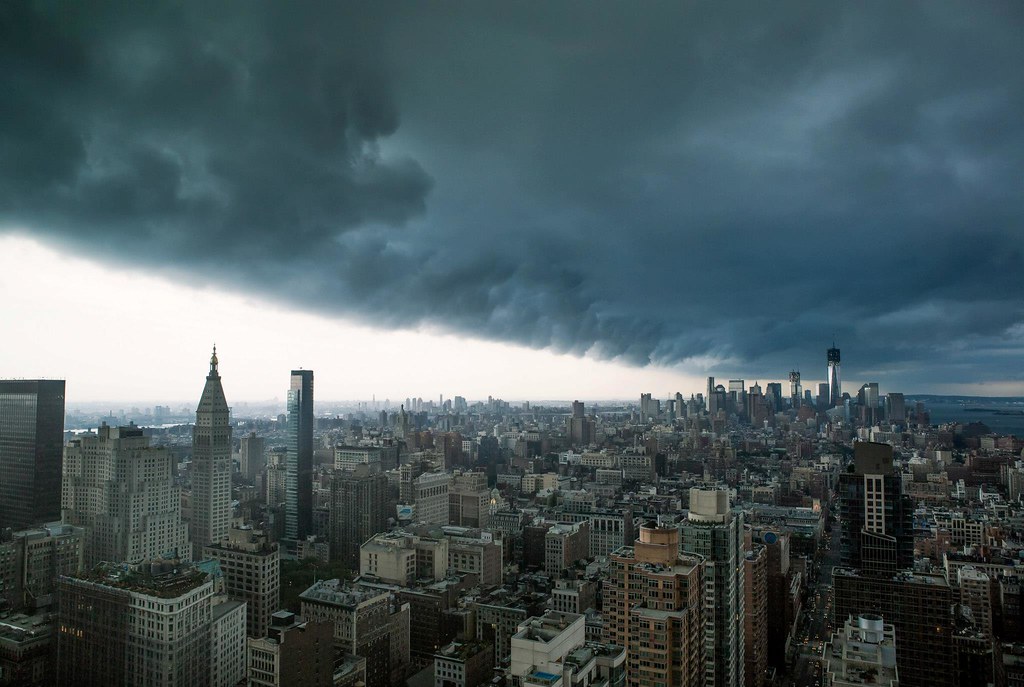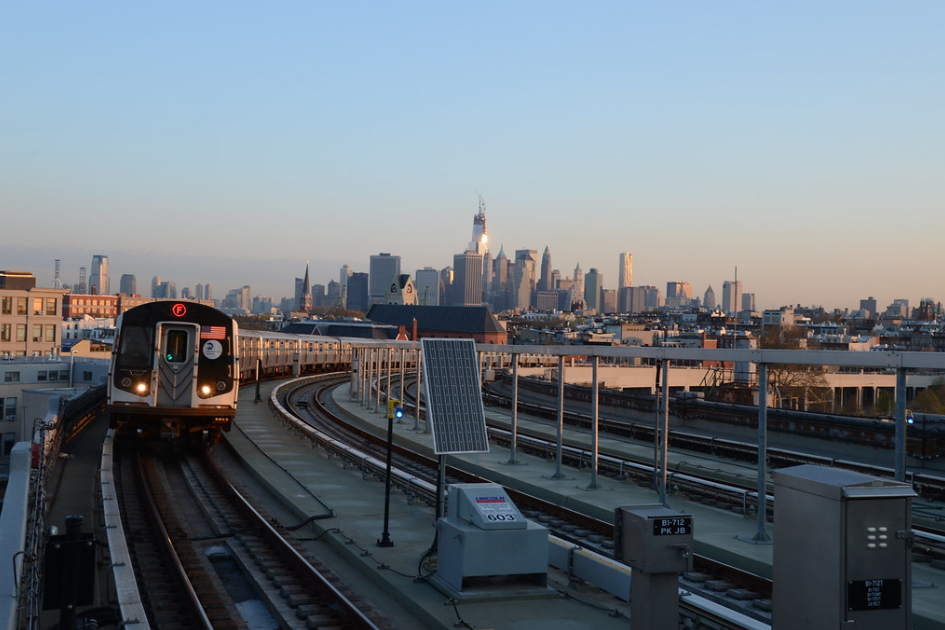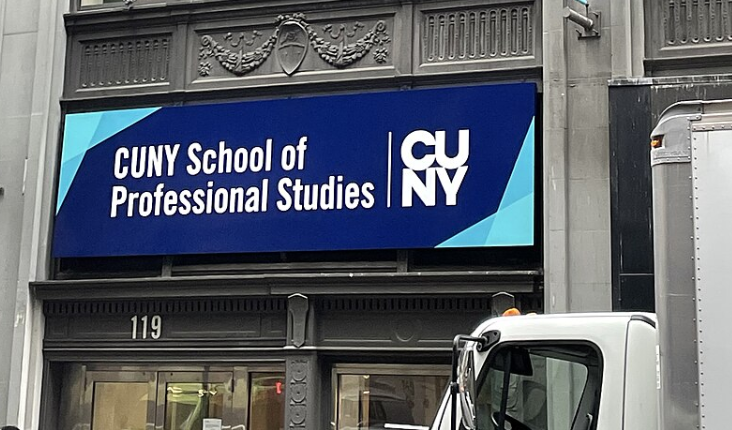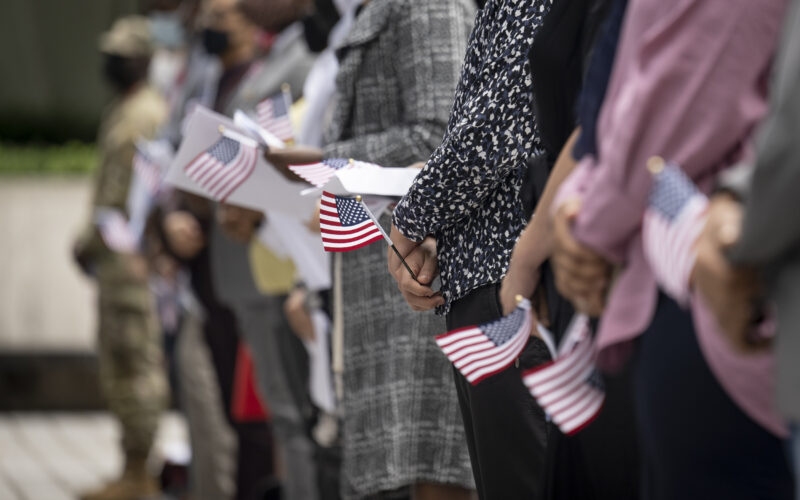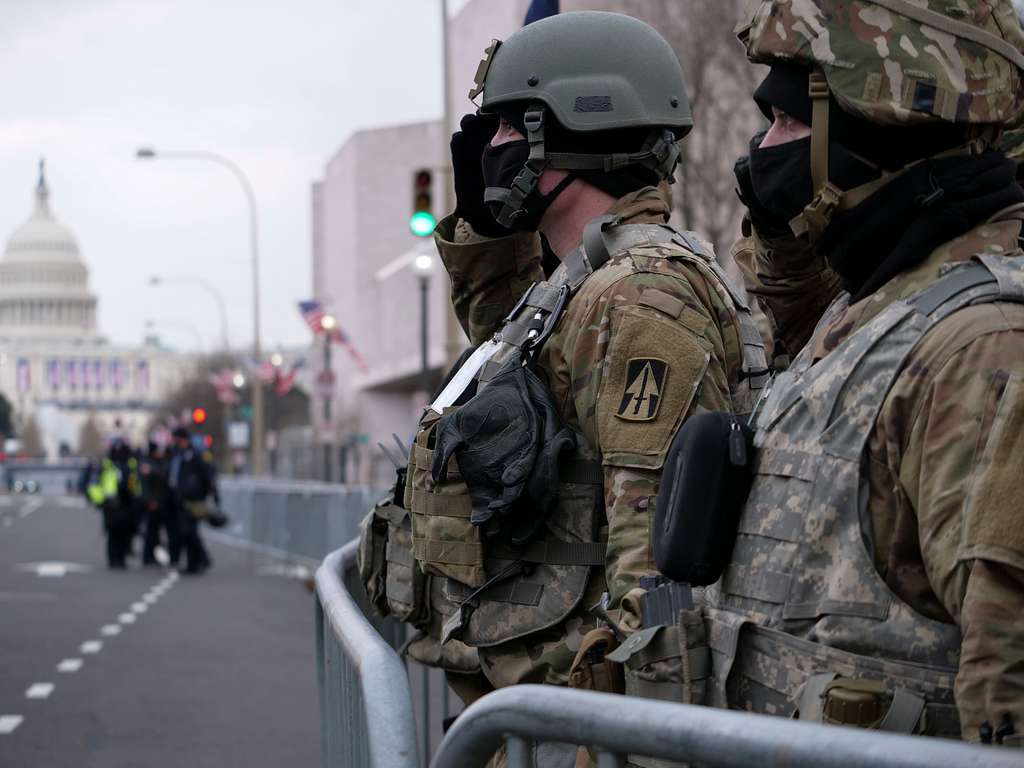The Army Corps of Engineers must expedite and restructure its plan to protect New York City from coastal storms and other environmental impacts to address the current needs of communities.
In September 2022, the Army Corps published a study that outlined its plans to protect coastal communities in the tri-state area from hurricanes of a similar magnitude to Hurricane Sandy. However, it has been 11 years since the hurricane’s devastating impacts on the city and the $52.6 billion plan is expected to be initiated in 2030, requiring at least another 14 years for completion.
The plan’s timeline is unnecessarily long and falls short of accomplishing its objectives. Additionally, it does not address concerns about protecting NYC from other climate change-related disasters that have emerged in the intervening years.
For this reason, 30 environmental groups demand that the Army Corps act on the plan with a greater sense of urgency and re-evaluate the plan to consider heavy rainfall, flooding and rising sea levels.
The primary focus of the plan is to build “multi-basic storm surge barriers with shore-based measures,” focusing its attention on regions within the tri-state area that the study identified would most benefit from additional anti-flooding infrastructure.
However, with the rapidly increasing changes to the climate caused by global warming, the plan’s 25-year timeline will leave much room for error. If they do not act sooner, it will almost certainly cost more than the $52.6 billion suggested by the Army Corps, as climate change continues to devastate the environment at an alarming rate.
Furthermore, the public comment period for feedback ended in March 2023. Therefore, city officials should take greater accountability to implement this plan to ensure the community’s needs are met before it is too late.
Since Hurricane Sandy, NYC has already been affected by multiple storms, with Hurricane Ophelia being the most recent which resulted in severe inland flooding in September 2023.
NYC’s sewage system is also often significantly impacted by hurricanes similar to the scale of Ophelia, affecting public transportation and flooding neighborhoods, which leaves many New Yorkers vulnerable.
The Army Corps’ plan isn’t perfect — it doesn’t immediately address the effects of inland flooding or sewage overflow. It seems that this strategy wants to put a temporary fix on a larger problem that would only worsen with time. Despite the plan’s steep cost, the proposal would still leave 40% of vulnerable communities at risk of coastal flooding.
They need to develop a plan that is more holistic of the potential climate-related risks affecting communities and attempts to find a solution that can impact all communities within the city.


